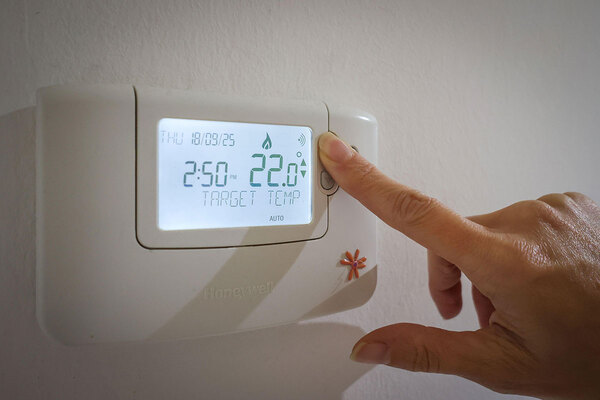Bridging the retrofit gap: Transforming off-gas grid homes and building capability
In the face of surging fuel poverty and a growing grassroots pressure to tackle climate change, councils up and down the country are devising increasingly ambitious decarbonisation plans.
Central to most of those plans are the ageing, energy inefficient homes that account for more than a third of the country’s carbon emissions and are a major driver of financial hardship and poor health outcomes.
For most local authorities, first targeting the homes they manage seems like a no-brainer and the quickest way of supporting low-income households to reduce their energy consumption.
Government schemes such as the Social Housing Decarbonisation Fund (SHDF) are providing up to £3.8bn to local authorities, housing associations and registered charities to develop and deliver domestic retrofit projects. In the latest wave of SHDF (open until 18 November), £800m is available to install energy efficiency measures.
Alongside the SHDF, the Department for Business, Energy and Industrial Strategy (BEIS) has partnered with Turner & Townsend to provide bid writing and project development support through the Social Housing Retrofit Accelerator (SHRA).
But Britain’s homes come all shapes, sizes and tenures, with different sources of energy and varying challenges when it comes to decarbonisation. So, to meet our net zero goals, we need a wide range of solutions that match our diverse homes.
Introducing the Home Upgrade Grant: Phase 2
In the UK, around one in six homes are not heated by mains gas. These homes have often been overlooked by major decarbonisation projects because many of them are in rural settings, making large scale retrofit more difficult.
The government’s recently launched Home Upgrade Grant: Phase 2 (HUG 2) looks to address that gap.
HUG 2 is a grant funding scheme that has been set up to help local authorities provide energy efficiency upgrades and clean heating systems to low-income households. The scheme targets the worst performing (EPC band D-G), owner occupied homes in England that aren’t heated by mains gas. Private rented sector dwellings are also eligible but are limited to landlords with a portfolio of four properties or fewer.
HUG 2 is set to allocate up to £700m, with funding expected to be delivered from early 2023 to 2025.
Of the total HUG 2 funding, 60 percent will be ringfenced for rural. The remaining 40 is available to both rural and urban councils.
Collaboration and building capability
Delivering domestic retrofit at scale in rural areas is often more challenging than delivering similar projects in urban or suburban communities, and it can be difficult to develop high-quality retrofit funding applications.
To help bridge that gap, BEIS has established the Home Upgrade Hub to support local authorities in England successfully apply for funding from the HUG 2 scheme.
The Home Upgrade Hub provides a range of services and advice that has been developed by leading housing retrofit and grant application experts at Turner & Townsend. This includes toolkits, webinars, on-demand masterclasses, one-to-one support and podcasts.
Beyond upskilling, many local authorities are facing a significant squeeze on staff time and ever-growing workloads. Collaborating with another social housing provider to help develop your application and deliver a HUG 2 funded retrofit project may be a solution.
There are numerous approaches a resource-stretched authority could take to help kickstart an ambitious retrofit programme, with varying degrees of commitment and cooperation. The Home Upgrade Hub team can talk you through these options and possibly matchmake with another suitable provider.
There’s a wealth of information about SHDF and HUG 2 available at homeretrofitportal.org.uk, where you can get in touch with the team if you have any questions.



